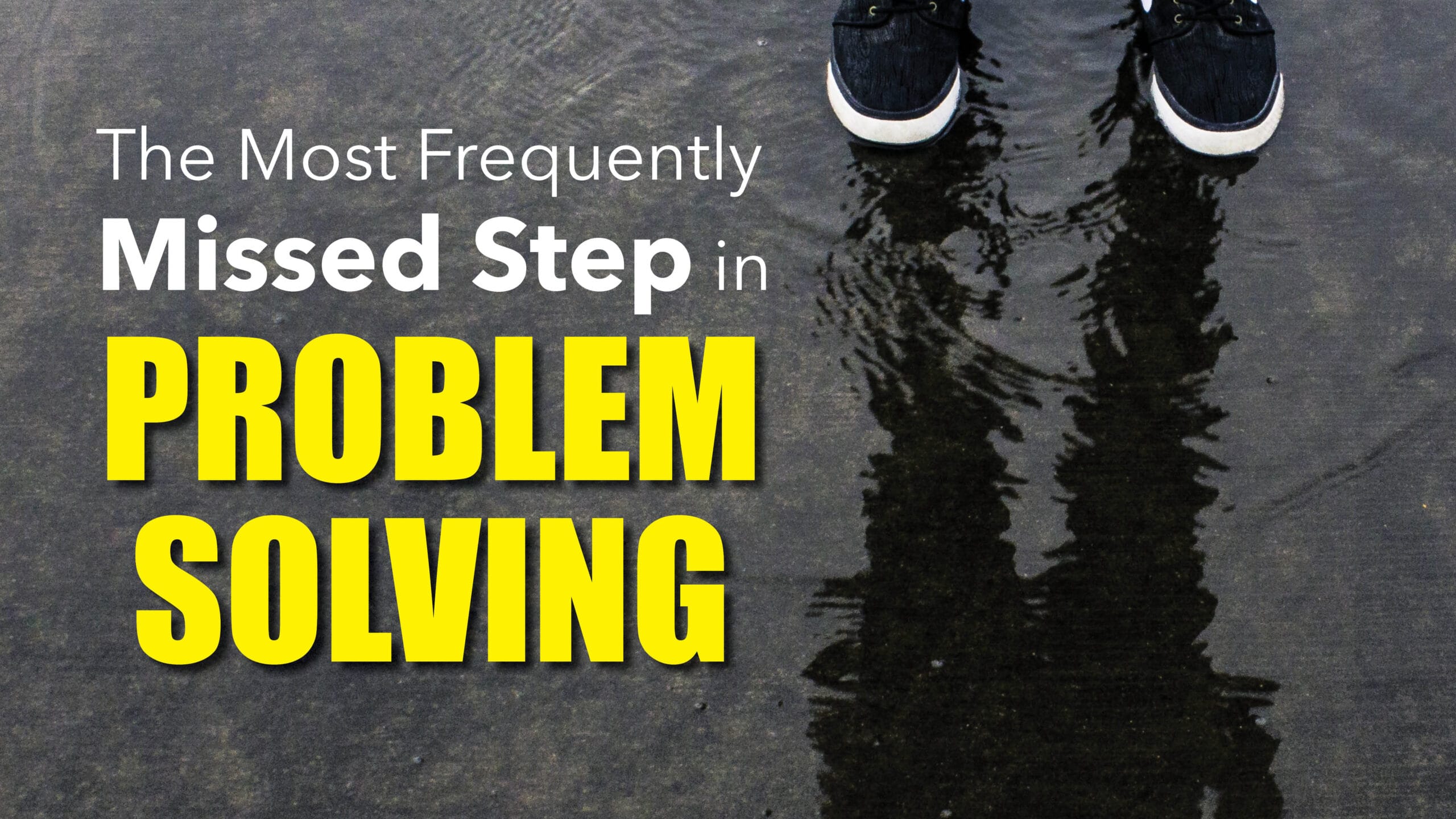Throughout history, giving birth was a risky business. However, in the early nineteenth century, deaths of mothers during childbirth suddenly and inexplicably skyrocketed.
An epidemic known as childbed fever swept through the western world in the 1800s, and it was only getting worse. By the mid-1800s, about one out of every ten women who gave birth in hospitals could expect to die an excruciating death from childbed fever within a week of delivering their child.
At this time, the largest maternity hospital in the world was in Vienna, Austria. Within the maternity hospital were two clinics. One clinic was staffed by doctors and medical students, and the other clinic was staffed by midwives. Hospital staff began to notice a disturbing trend. Patients in the clinic staffed by doctors and medical students died 2.5 times more often than the patients in the clinic staffed by midwives.
This didn’t make any sense. This was the golden age of medicine when doctors were beginning to abandon their superstitious traditions and embrace science.
One doctor at the hospital, Ignaz Semmelweis, decided to find out why this was happening. After isolating all the variables, he discovered that the only real difference between what the doctors were doing and what the midwives were doing was that the doctors would conduct autopsies in the morgue before doing their rounds of delivering babies without washing their hands! Semmelweis discovered that the doctors were transmitting the diseases from the mothers who had died from childbed fever to the healthy mothers in the maternity ward.
Once he made this discovery, Semmelweis insisted that all doctors at the hospital wash their hands and instruments in chlorine water before attending the maternity wards. Within months the mortality rate of the two clinics became comparable.
Armed with incontrovertible proof, or so it would seem, Semmelweis tried to convince the medical community that they, the doctors and medical students, were the problem. Far from being hailed as an important discovery, Semmelweis’s message landed like a lead balloon. Nobody likes to hear they are causing their own problems. When Semmelweis told doctors they were killing their patients, the doctors were highly motivated to reject his message—so motivated, in fact, that the medical community made it their mission to shut him up. They called Semmelweis crazy and locked him up in an insane asylum, where he died in short order.
“Mission accomplished,” the medical community must have thought. “Now let’s get back to fighting this childbed fever epidemic our way.”
Childbed fever continued to kill countless young mothers for more than fifty years before sterilizing instruments and washing hands became standard practice, at which point childbed fever essentially vanished.
Obtaining Power to Overcome Our Problems
The lesson in this avoidable tragedy is that the doctors were the carriers of the very disease they were battling every day. They were the problem! When this fact was pointed out to them, they refused to believe it. They refused to look in the mirror to find the solutions to their problems. The medical community’s failure to take a hard look in the mirror resulted in the needless, excruciating deaths of thousands of young women.
Do you know someone who is obviously contributing to their own problems but refuses to see it? Of course you do. We can all see when others are contributing to their own problems, but can we see it in ourselves?
Is it possible that we are like those doctors who are creating our own problems, but we can’t—or won’t—see it?
To discover the solutions to your problems, you must train yourself to look in the mirror before looking elsewhere for answers. By looking for and acknowledging your role in problems, you obtain greater power to overcome your problems. Only when you see how you are contributing to your problems will you discover what you can do to improve your odds of getting better results in the future.
If you don’t look in the mirror for answers, the solutions to many of your problems will continue to elude you. If you don’t discover how you are contributing to your problems, you are doomed to remain mired in your problems, hoping that, by some miracle, something will change to improve your circumstances.
“Remember, every time you think the problem is out there, that very thought is the problem.”
– Stephen Covey
The Golden Question of Problem Solving
The reason we often fail to notice that we are part of the problem is because we don’t ask the following question often enough: “How may I have contributed to this problem?”
Looking in the mirror for the solutions to your problems can be painful, but doing so gives you greater power to overcome your problems.
The next time you encounter a problem—even a problem you are convinced was caused by someone else—ask yourself “How may I have contributed to this problem?” As you ask this question with a sincere desire to uncover the truth, you will begin to notice what you could have done differently to prevent or lesson the impact of that particular problem. This will inform you about what you can do next time to get better results. But most importantly, you will likely discover solutions to your problems that would have otherwise remained undetected.
________________________________________________________________________________________
For more information on accountability, check out the Creating Accountability Workshop Series:






